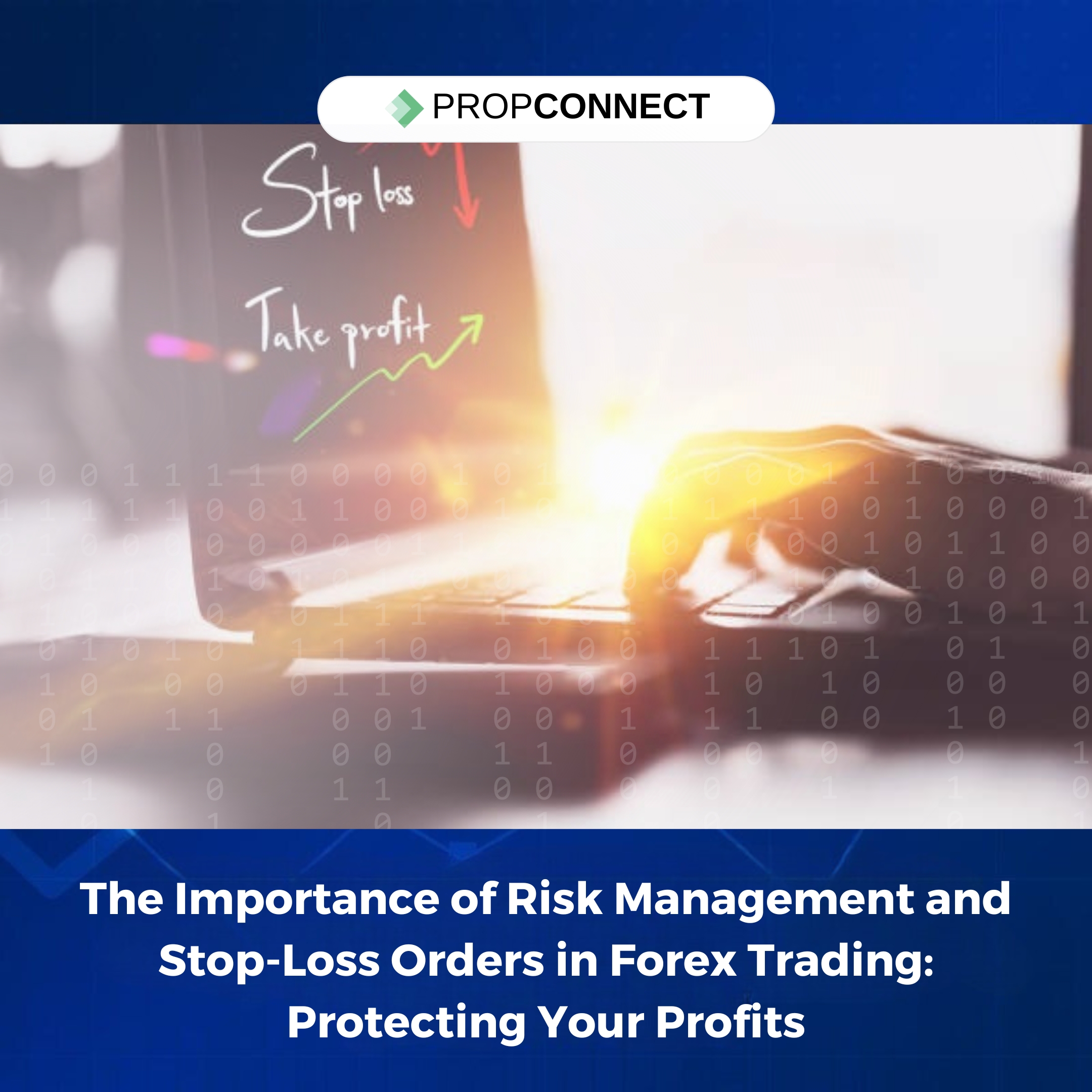Articles
The Importance of Risk Management and Stop-Loss Orders in Forex Trading: Protecting Your Profits
Stop-loss orders also enable traders to control their risk-reward ratio, enhance their trading plan, and make more thoughtful and calculated trading choices. In the end, becoming proficient in stop-loss placement and risk management is crucial for forex trading success and may support traders in resolutely and confidently achieving their financial objectives.

Trading foreign exchange, or forex, provides investors with unrivalled potential to profit from changes in the world currency markets. Great potential for profit does, however, include some risk. For forex traders to protect capital, reduce losses, and optimize long-term profitability, effective risk management is crucial. The stop-loss order is a vital instrument in a trader's risk management toolbox. In this article, we'll examine the value of stop-loss orders and risk management in forex trading, as well as how they might aid traders in navigating the unpredictable world of currency trading.
Traders use stop-loss orders as a risk management strategy to reduce possible losses on a trade. A stop-loss order is essentially a directive to sell a security automatically when it hits the stop price, which is a predefined price level. Traders can minimize losses and safeguard their capital in the event that the market swings against their position by implementing a stop-loss order.
A stop-loss order's main goals are to reduce downside risk and protect trading capital. In the volatile and unpredictable world of forex trading, stop-loss orders offer traders a safeguard against unfavourable market circumstances. Traders can avoid emotional decisions in the heat of the moment and preserve discipline by setting the maximum amount of capital they are ready to risk on a trade.
Furthermore, stop-loss orders are essential for maintaining mental stability and trading psychology. Common problems that might impair judgement and result in illogical trading decisions are fear and greed. Stop-loss orders allow traders to detach themselves emotionally from their trades and trade with more clarity and conviction. The knowledge that their losses are limited can aid traders in maintaining focus and discipline while carrying out their trading strategy.
Stop-loss orders can help traders optimize their trading approach and manage their risk-reward ratio, in addition to limiting losses. Before making a trade, traders can determine their risk-reward ratio by determining stop-loss levels based on volatility indicators, support and resistance levels, or technical analysis. This helps traders make more intelligent and calculated trading decisions by enabling them to evaluate the possible profitability of a deal in relation to the level of risk they are willing to take.
Even though stop-loss orders are a helpful tool for risk management, traders must utilize them wisely and appropriately. If stop-loss levels are set too close to the entry price, traders may miss out on opportunities and prematurely stop out, and if they are set too far away, they may expose them to excessive risk and bigger losses. Achieving the ideal balance between profit and risk is crucial for placing stop losses effectively.
When placing stop-loss orders, traders should also take other aspects like time horizon, liquidity, and market volatility into account. While less volatile markets could permit tighter stop-loss levels, highly volatile markets might need wider stop-loss levels to account for price swings. As a trade develops, traders should also modify their stop-loss levels, tracking them to lock in profits or reduce losses when the market moves in their favor.
In summary, stop-loss orders and risk management are essential tools for forex traders who want to successfully negotiate the complexities of currency markets and secure long-term financial success. In the midst of market volatility, traders can control losses, protect capital, and keep their emotions in check by employing stop-loss orders successfully. Stop-loss orders also enable traders to control their risk-reward ratio, enhance their trading plan, and make more thoughtful and calculated trading choices. In the end, becoming proficient in stop-loss placement and risk management is crucial for forex trading success and may support traders in resolutely and confidently achieving their financial objectives.


